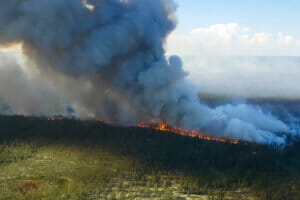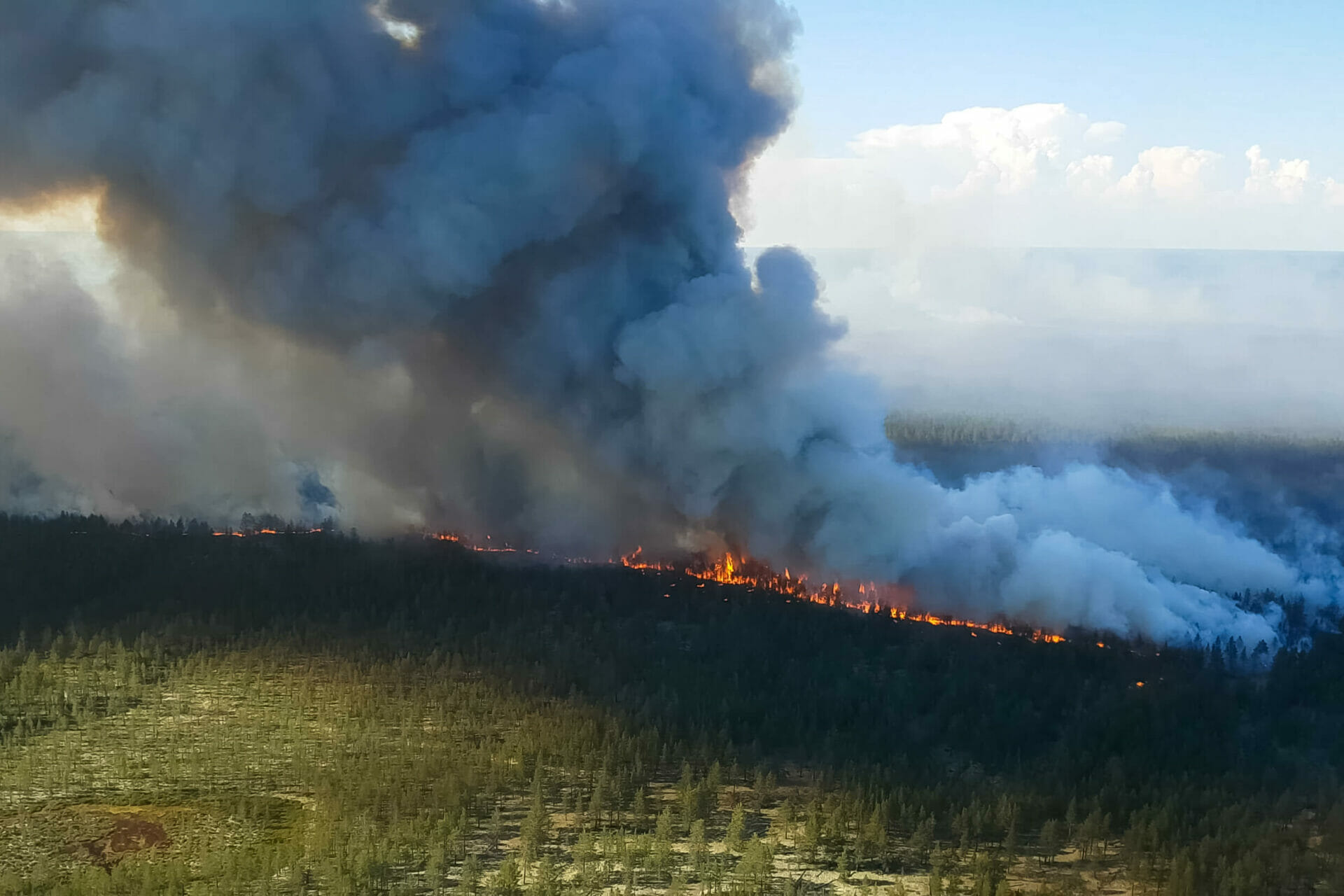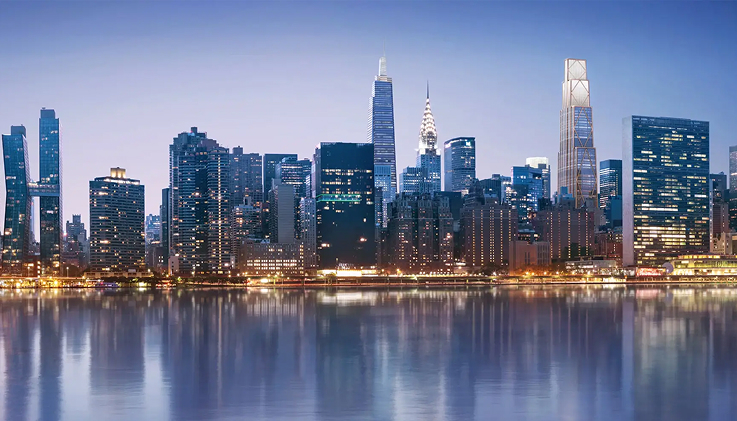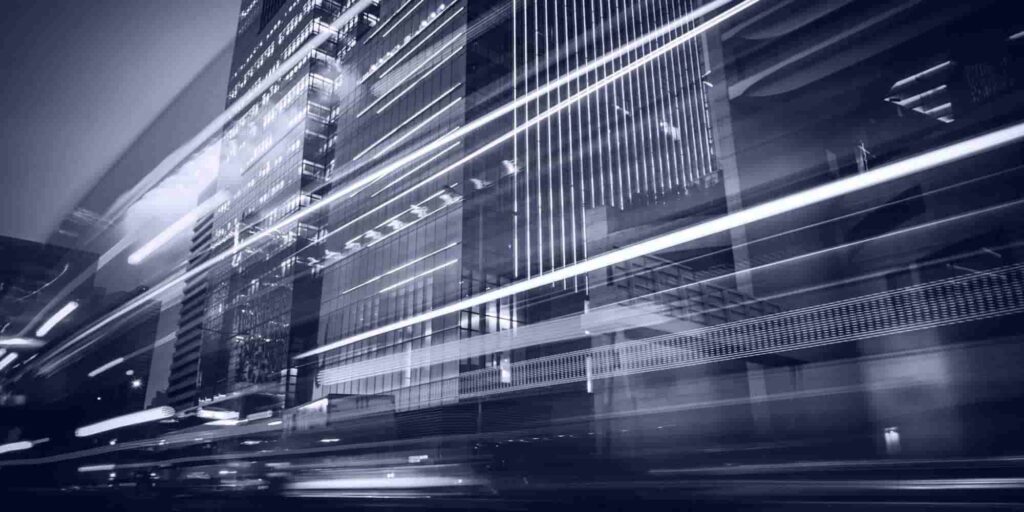 Around this time every year, the news begins showing footage of raging fires, burnt homes, and exhausted families and firefighters. Although peak wildfire season depends on the state, most wildfires in the U.S. occur during the summer to early fall months. As wildfires appear to be getting worse, a new challenge presents itself in 2020: the coronavirus pandemic. Every agency – from the governmental level to private businesses – will need to be aware of this lingering threat and address their usual incident management plans as such.
Around this time every year, the news begins showing footage of raging fires, burnt homes, and exhausted families and firefighters. Although peak wildfire season depends on the state, most wildfires in the U.S. occur during the summer to early fall months. As wildfires appear to be getting worse, a new challenge presents itself in 2020: the coronavirus pandemic. Every agency – from the governmental level to private businesses – will need to be aware of this lingering threat and address their usual incident management plans as such.
Points of Consideration May Be:
Health Precautions for the Front-line
Firefighters, public officials, vendors, and other responders coordinating wildfire efforts are usually placed in large camps. However, with social distancing requirements and lack of proper hygiene, responders need to find other ways of safely running camps. Some agencies have opted to turn hotels into their incident command centers or create larger camps with limited close contact. Firefighters are at greater risk of catching COVID-19 as well due to smoke inhalation and group suppression efforts; it’s potentially dangerous to expose a whole camp to the virus, which could limit the amount of responders to fight the actual fire. Are there policies in place to check the health of responders on a daily basis? What back up options are there in case the virus greatly reduces the number of firefighters? Will there be adequate medical supplies for firefighters?
Reduced Mitigation and Response Efforts
As the coronavirus pandemic swept the nation, spring clearing of underbrush and reduced funding have left forests in prime condition for severe fires. Instead of focusing on wildfire planning and recruiting, firefighters were out receiving increased 911 calls. Now in the summer (and as fall approaches), coronavirus cases are still rising as researchers expect a second wave. Will wildfire camps have enough support from firefighters as they’re fighting two disasters on two fronts? Will other counties/agencies/states be able to provide additional firefighters? Will there still be a flow of funding towards fighting fires as the pandemic continues on?
Additional Stress on Civilians
As of this writing, more than 45 million Americans have filed for unemployment since the pandemic began. Residents – sick, unemployed, or otherwise struggling – may not have the resources to flee or follow evacuations. Losing your home and all your possessions is devastating; losing all of this during a global pandemic is even worse. Where will agencies be sending evacuees? Will social distancing and safety guidelines be in place during evacuations? Will families have proper support systems to recover financially and physically? If stay-at-home orders/quarantine return, what plans are in place for those recently displaced? Additionally, small businesses have suffered greatly from the shutdowns. Will they have the financial means to recover from a second disaster? Are their emergency plans updated with regards to wildfires?
Enhanced Communications and Monitoring
Both pandemics and wildfires are long, constantly evolving crises; the pandemic has been ongoing since February (with no signs of stopping), and wildfires can last for weeks or months at a time. A shift in wind direction or a new outbreak can mean an entire change in response efforts. Authorities will need to be extra vigilant and more communicative, both internally among wildfire crew and externally to citizens and businesses. How will changes in pandemic response affect wildfire suppression efforts and vice versa? Will different methods of communication have to be used? How do you balance messages of concern for the pandemic and for wildfires?
More Masks
One unique takeaway from pandemic/wildfire season is the dual use of masks, as many people are already wearing them to help prevent the spread of COVID-19. However, only N95 masks are capable of protecting the wearer from wildfire smoke – and smoke can be widespread; it’s not uncommon to see people several towns away from the fire’s edge to be wearing masks as the wind blows the smoke. It’s important that enough masks are produced for first responders, front-line medical workers, and citizens. Has the supply chain been restored after the initial wave of COVID-19? Will there be enough masks to meet the evolving demand of wildfire smoke and coronavirus response?
The Fire Management Board has already created several guidelines for fighting wildfires during the coronavirus pandemic and serves as a great place to reference when updating your emergency incident management software. It’s important to keep up to date on best practices as well as maintain a sense of empathy. Times are hard, and we need everyone to work together in order to weather these crises.





